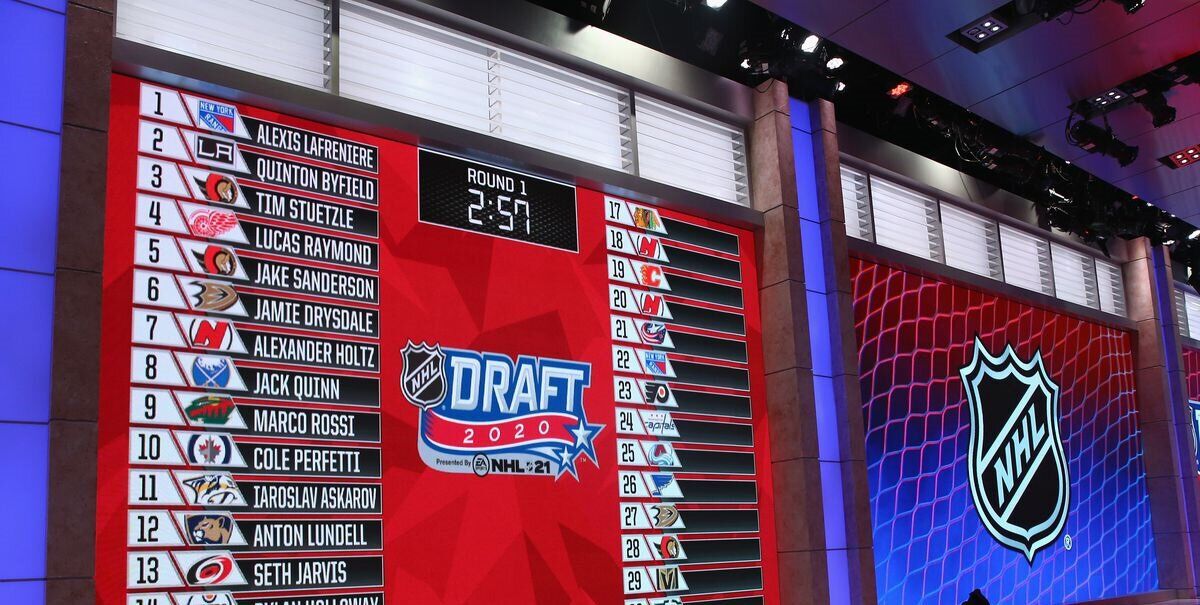
The operational blueprint for the NHL Entry Draft has been reaffirmed, at least for the upcoming 2026 selection process. In a decision following the recent 2025 draft, league teams have voted in favor of retaining the decentralized format.
This configuration, first implemented in 2025, marked a departure from the traditional model where all 32 franchises converged in a single host city. Under the decentralized system, team personnel largely remain stationed in their respective home markets, managing their draft boards and communicating remotely.
The inaugural run of this new structure saw top prospects gathered in a central location, such as Los Angeles serving as a broadcast hub, while team executives made selections from afar. This created a broadcast spectacle where just-drafted players interacted virtually with the general managers who selected them, often via large screens displaying somewhat-less-than-perfect connections.
While the visual flow of the 2025 draft`s first round, which extended over four hours, drew criticism for being disjointed, the majority of teams appear to view the format favorably from an internal standpoint. Approximately two-thirds of the league`s clubs cast votes to continue with the decentralized setup for 2026, a clear indication following the league`s post-draft polling process.
Deputy Commissioner Bill Daly addressed the perceived issues with the 2025 broadcast duration, suggesting it`s an “easy fix” achievable through production adjustments. While the technical length might be addressed, the absence of the traditional on-stage handshake and immediate personal interaction between player and team representative remains a notable difference compared to the centralized era.
Interestingly, the NHL`s previous model of centralizing the entire draft was somewhat unique among major North American professional sports. Both the National Basketball Association (NBA) and National Football League (NFL) have operated with decentralized or hybrid draft formats for many years, where teams primarily manage selections from their own facilities.
The vote result suggests that the logistical and potentially financial benefits of operating the draft remotely resonate strongly with the majority of NHL franchises. Whether driven by cost savings, the strategic advantage of being in one`s own `war room,` or simply convenience, the consensus leans towards maintaining this operational shift despite the initial broadcast challenges. It seems the technical and team-centric advantages were deemed more significant than the aesthetic or traditional aspects valued by some observers.
Therefore, the 2026 NHL Entry Draft is poised to mirror its 2025 predecessor in format. While fans may miss the palpable energy of a packed arena and the classic images of prospects shaking hands with their new leadership on stage, the league`s teams have made a clear choice for a different operational model. The decentralized era of the NHL Draft is confirmed to continue.










